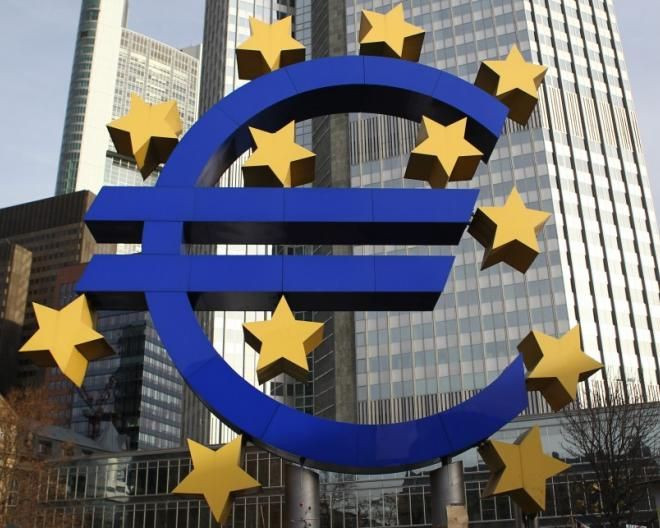ECB Unexpectedly Cuts Key Interest Rate From 0.5% To 0.25%, A Record Low In Bid To Stanch Emerging Deflation

The European Central Bank on Thursday slashed its main refinancing rate by 0.25 percentage points to a record low of 0.25 percent, surprising economists who expected the central bank to hold rates steady at 0.5 percent. The move is seen as an attempt by the ECB to stanch deflation and help stimulate the continent's economic activity.
ECB President Mario Draghi's monthly news conference is set to begin at 8:30 a.m. Eastern Time.
Howard Archer, chief U.K. and European economist at IHS Global Insight, believes that the ECB’s surprise move is “the consequence of uncomfortably low and falling euro zone consumer price inflation.”
The ECB’s mandate is for a euro zone consumer price inflation rate of “close to but just below 2 percent,” and at just 0.7 percent in October, the inflation rate is no longer at a level that can be seen as consistent with the ECB’s target rate.
Archer added that while the drop in the bloc’s inflation to just 0.7 percent in October was obviously the trigger for the central bank’s interest rate cut, the strength of the euro and the gradual euro zone economic recovery from an extended recession also supported the case for lower interest rates.
“The fact that the ECB chose to act now rather than wait until December when the Governing Council will have the ECB staff’s new euro zone GDP and consumer price inflation forecasts suggests that the bank felt there was a compelling case for prompt action,” Archer said. “While it seems unlikely that an interest rate cut to 0.25 percent would have a major impact in boosting euro zone growth, it may at least help keep the euro at a more competitive level and limit market interest rates.”
© Copyright IBTimes 2025. All rights reserved.






















